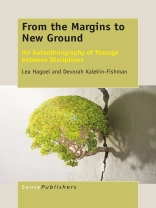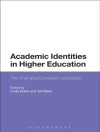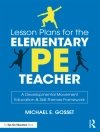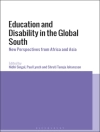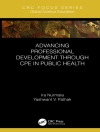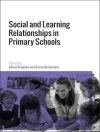The authors, two sociologists, discover, follow-up, examine, and make sense of the cross-roads where the social and life sciences meet, surprised by the emergent story which they simultaneously witness and document. Together, they focus on Lea Hagoel’s professional path as a medical sociologist fitting in with bio-medical scientific work patterns of a multi-disciplinary team of physicians, nurses, bio-statisticians, IT personnel, molecular biologists, and managerial-administrative team members. Lea shared her experiences with Devorah, and what developed into this book consists of the story itself – the unfolding of events as observed and described by Lea who tells what it was like for a sociologist. Her story unfolds in the context of the ongoing dialogue which lasted more than two decades and turned into an autoethnography à deux. Finally, the ethnographers offer insights into the world of biology and medicine, into women’s lives, into being a native in a disciplinary culture, and into transdisciplinarity.
In three parts, the book describes and theorizes the quest of a medical sociologist for transdisciplinarity. Part I explores the theoretical background, Part II presents the story of different stages in Lea’s experiences tracing the trajectory of her growing professional repertoire and discovering the practical meaning of how cross-disciplinary knowledge affects her performance as a researcher in the organization with which she is affiliated. Part III draws conclusions about what moving between disciplines can mean for a researcher.
قائمة المحتويات
Preface.- Acknowledgment.- Part I: Theoretical Considerations.- Encounters of Natives in Scientific Places.- Non-Natives.- And in Science?.- Combining Disciplines.- Boundaries and Passages between Disciplines.- From Sovereign Disciplines to Transdisciplinarity.- Individuals Seeking Solutions and the Unique Advantages of Women.- Concluding Comments.- Stories as a Way of Knowing.- What Makes a Story a Story.- What Elements of Experience Come into Stories?.- Stories and Their Sources.- Stories of Natives, Stories of Migrants.- What Stories Disclose.- Discourse: Constructs, Dialogues, and Dialogical Research.- Part II: A Story of Search and Research.- Point of Departure: Joining a Workplace (1982–1990).- In the Beginning: The Department of Family and Community Health (1975–1991).- Research Projects in the Department.- Constructing the Role of the Medical Sociologist.- Professional Makeup of the Department.- Location.- Leadership.- A Promising Project.- The Organization Splits in Two.- New Projects, 1991–2011.- Launching Screening Programs.- Partnerships.- Large Case-Control Studies: The Molecular Biology Laboratory.- The Familial Cancer Counseling Service.- One Focus, Highly Varied Performance.- Revisions of Professional Identities.- Academic Career Shifts: Life in the Department.- Teaching Sociology.- Learning: Interventions, Research, and Listening.- At a Crossroads.- Embarking on New Courses of Study.- A Sociologist Studying Biology.- The Pilot Study: My Laboratory Project.- Doing the Work.- Forward to a Dissertation.- Trying for a Dissertation Once Again.- Lung Cancer Research.- Meaning of the Learning Experience.- The Making of Biologists.- Part III: Construing the Process.-Characterizing the Department as a Work Environment: Structures and Discourse.- Encounters in a Changing Work Environment.- Scripts and Constructs.- Dialogical Encounters and Language Functions.- Varieties of Encounters.- Scripts and Control.- Summarizing Remarks.- Revising the Sociologist’s Role: Taking on New Responsibilities.- Working with Epidemiologists.- The Early Detection of Cancer and Adherence to Recommendations for Screening.- Baseline Research Projects: Mammography and FOBT.- The PCP Study.- Misunderstandings.- Participation in the Three-Specializations Conference.- Psychosocial Research at the Familial Cancer Counseling Service.- Participation in the Establishment of the New Molecular CF35Epidemiology Laboratory on the Roof.- Independent Work in the Department.- Resolving Puzzles: Theoretical Integration.- Department of Community Medicine and Epidemiology as a CF35Complex Organization.- Discourse: Scripts, Constructs, Conversational Functions.- A Climate of Trust.- Lea asa Researcher across Disciplines.- Epilogue.- References.- Index.
